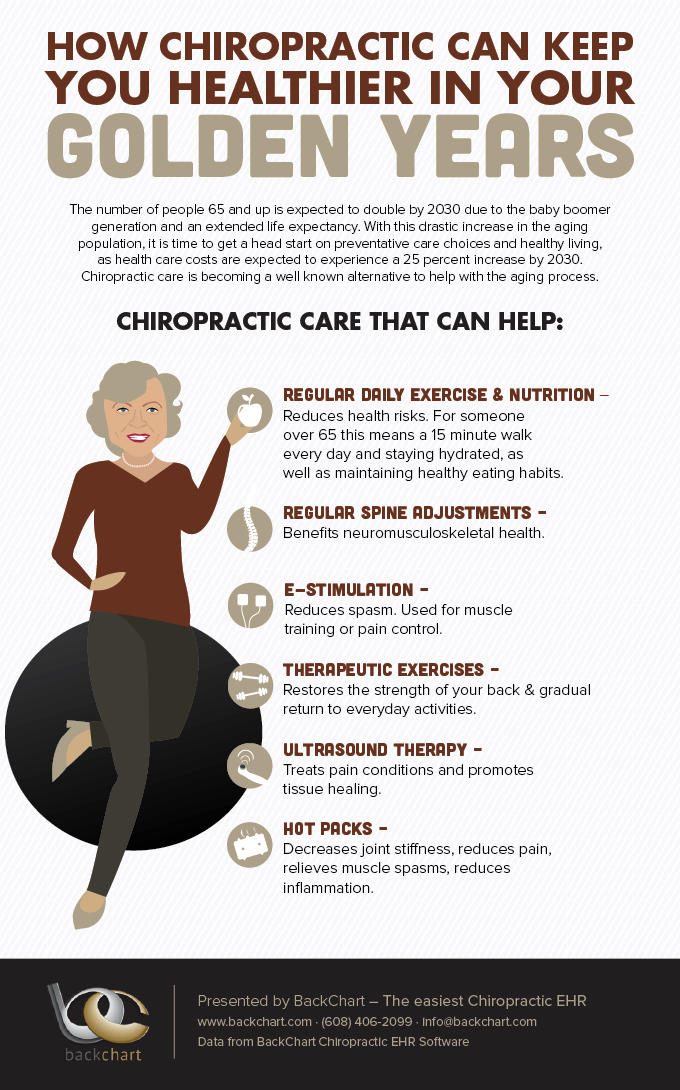Just When You Assume Alleviation Is Near, Soft Tissue Treatment Reveals Its Uneasy Realities-- Find Why The Procedure Can Be Agonizing Yet Valuable
Just When You Assume Alleviation Is Near, Soft Tissue Treatment Reveals Its Uneasy Realities-- Find Why The Procedure Can Be Agonizing Yet Valuable
Blog Article
Authored By-Carstens Jacobson
When you undergo soft Tissue treatment, you could locate it surprisingly unpleasant. This discomfort occurs as stress is related to stressful muscle mass and broken cells, activating your discomfort receptors. While it can feel stressful in the minute, there's a factor behind this feeling. Comprehending what takes place in your body throughout these treatments can assist you appreciate the process. So, just what is going on underneath the surface?
The Physiology of Pain During Soft Tissue Treatment
When you undertake soft Tissue therapy, your body's feedback to discomfort is an intricate interplay of physiological procedures. As the therapist uses stress, your body turns on pain receptors, sending signals to your brain. This activates the release of neurotransmitters, such as material P and glutamate, which magnify the sensation of discomfort.
Your muscles might additionally tense up in feedback, additional making complex the experience. Additionally, your body may release endorphins, natural medicines that can help reduce some pain.
The communication between these procedures can create a distinct experience for each person. Understanding this physiological feedback helps you navigate the sensations during therapy, permitting you to value the balance in between discomfort and the capacity for healing benefits.
The Role of Pain in the Healing Refine
Although pain during soft Tissue treatment can really feel frustrating, it plays a crucial role in the recovery procedure. When you experience pain, your body is signifying that it's functioning to repair damaged cells. This reaction helps boost blood flow to the afflicted location, delivering essential nutrients and oxygen required for recovery.
Additionally, discomfort can promote the launch of endorphins, your body's all-natural painkillers, creating a sense of relief post-treatment. Welcoming this pain can aid you recognize your body's limits and motivate you to deal with underlying problems.
While it's unpleasant now, this procedure is crucial for lasting recuperation and boosted function. Identifying discomfort as an important part of healing can empower you to remain dedicated to your treatment.
Tips for Handling Discomfort Throughout and After Treatment
Taking care of pain throughout and after soft Tissue therapy can dramatically boost your overall experience and recuperation.
To start, interact openly with your specialist concerning your discomfort levels; they can adjust strategies as necessary. Using deep breathing strategies can additionally assist you relax and reduce pain.
Consider using ice to the treated location post-session to minimize swelling and numb discomfort. Remaining hydrated help in the recovery procedure, so consume a lot of water.
Gentle stretching and light movement after treatment can advertise blood flow and convenience tightness. Finally, https://www.chiroeco.com/chiropractic-solo-practice/ get sufficient rest to permit your body to heal.
Carrying out these tips can make your soft Tissue treatment a lot more convenient and pleasurable.
Conclusion
In conclusion, while soft Tissue therapy can be unpleasant, it's important to recognize that this pain plays a crucial function in your recovery trip. By comprehending just click the up coming post at play, you can approach the therapy with a much more favorable mindset. Keep in mind, the first discomfort usually paves the way to alleviation as your body releases endorphins. Accept the procedure, and don't be reluctant to make use of the suggestions for handling discomfort to boost your experience and healing.
